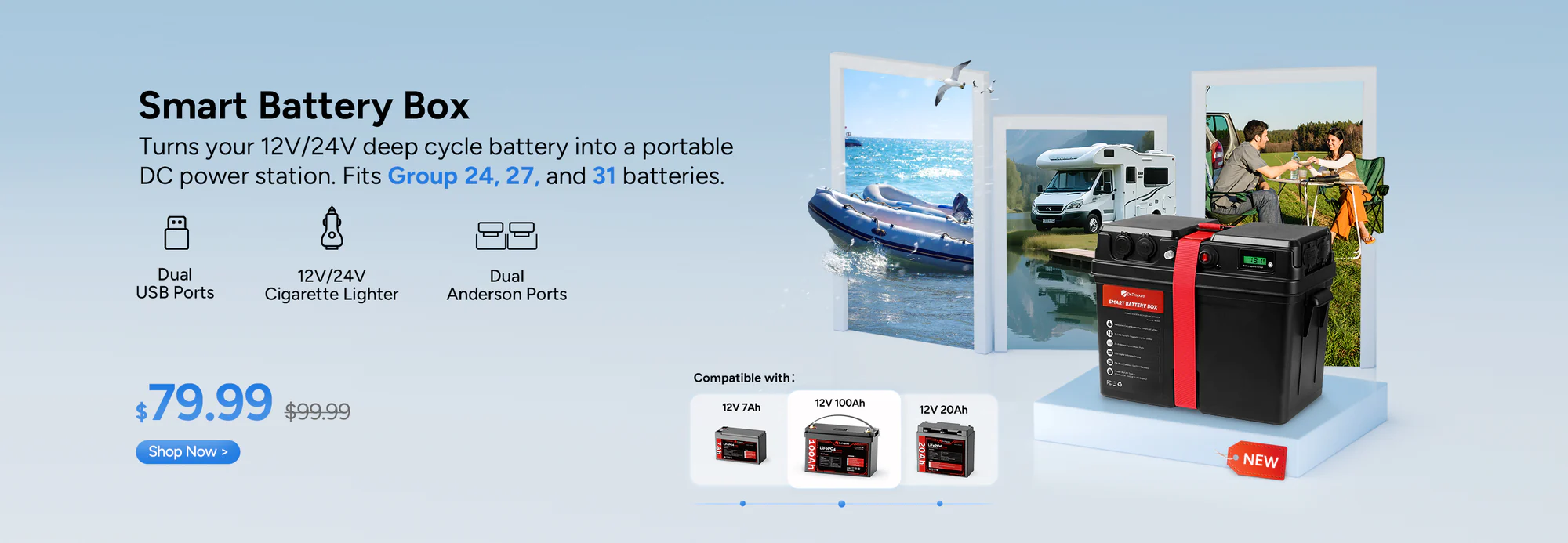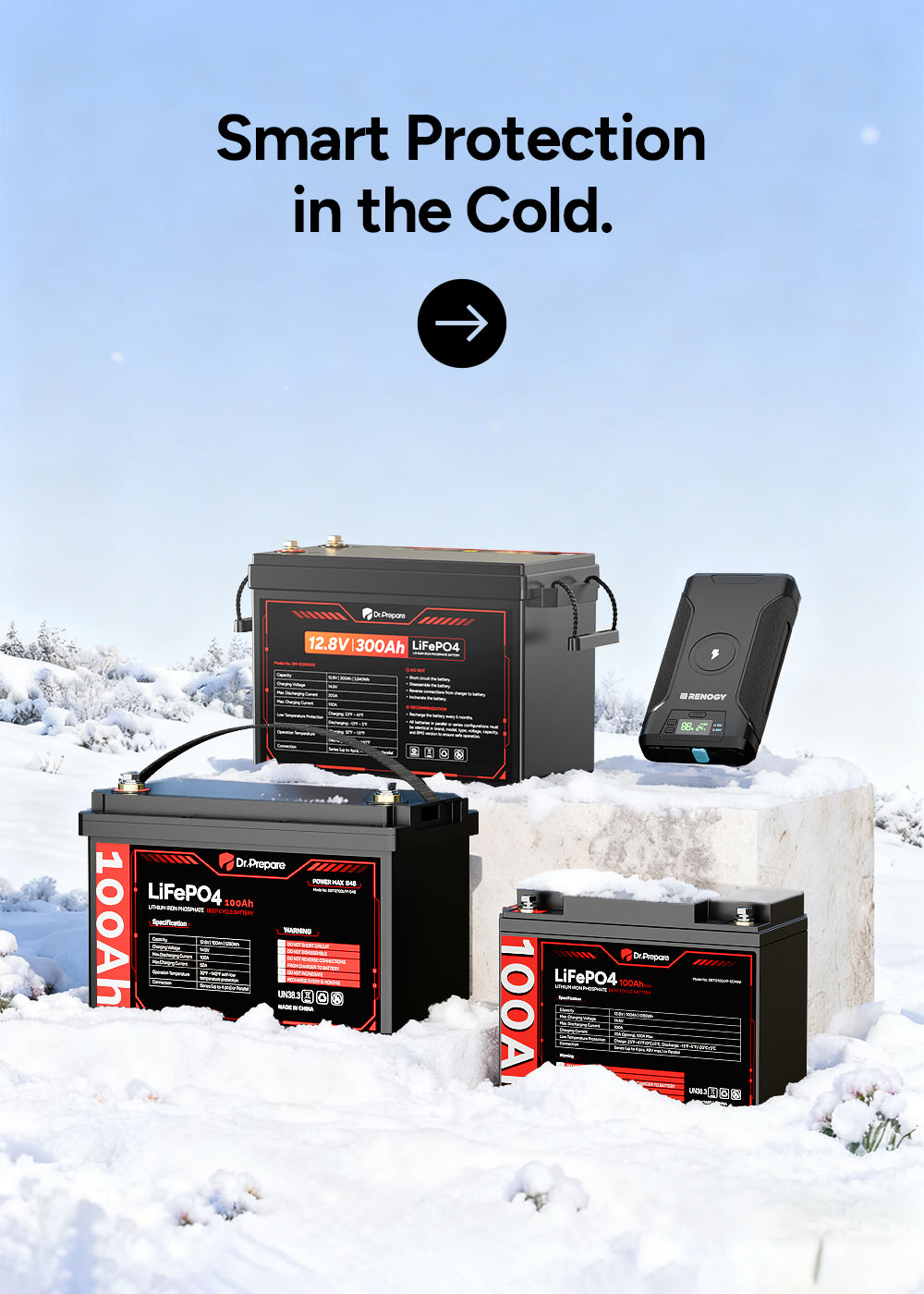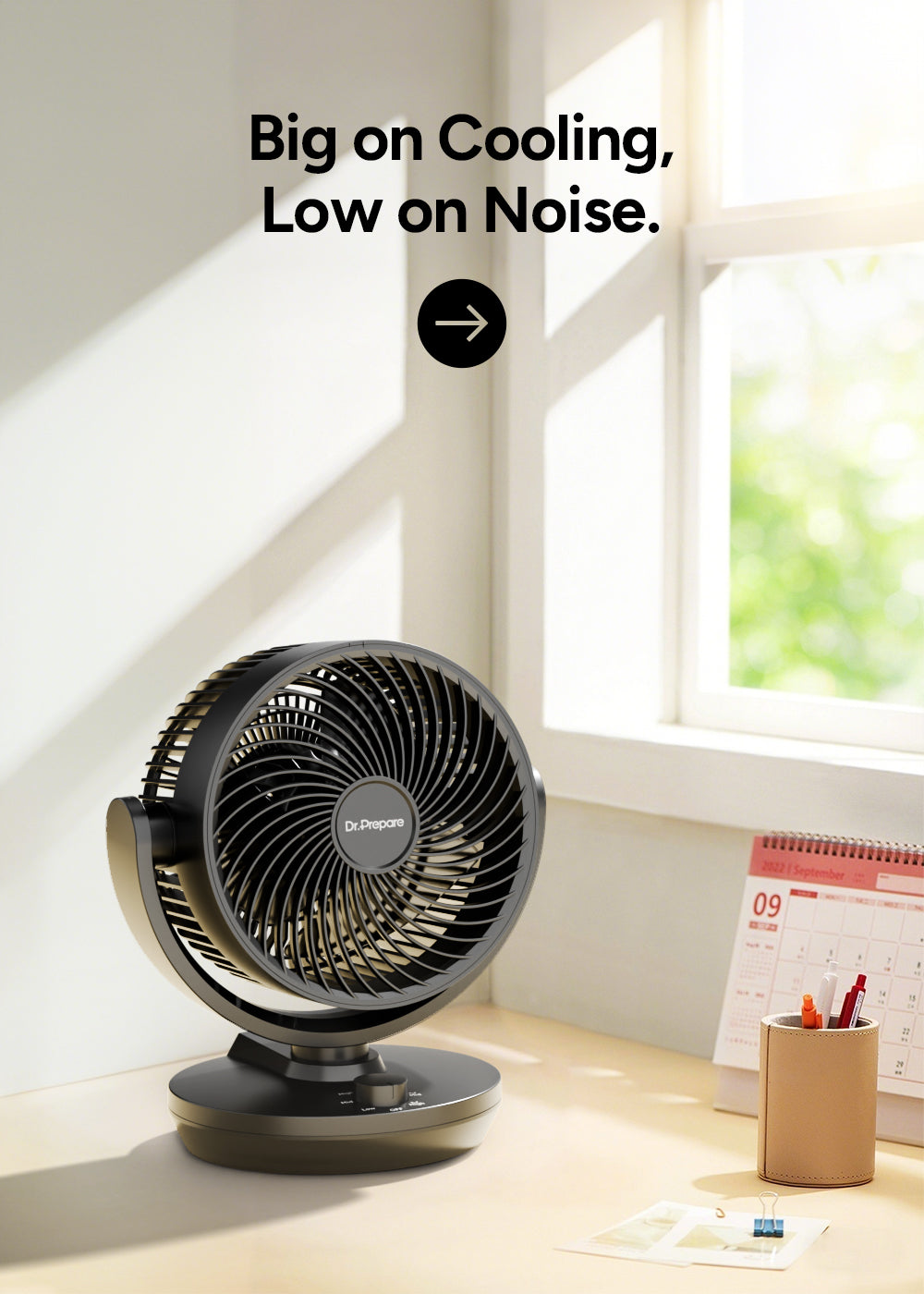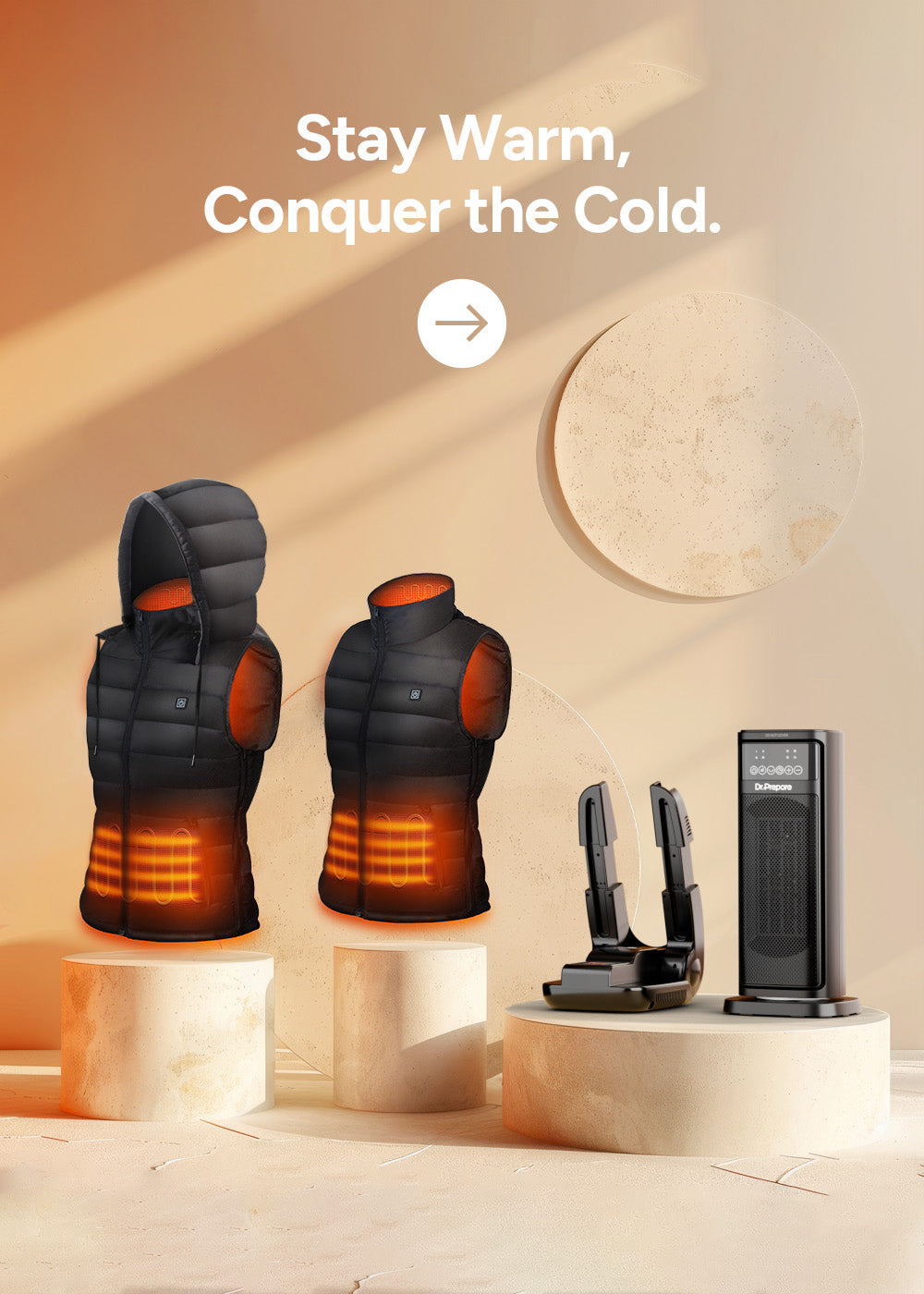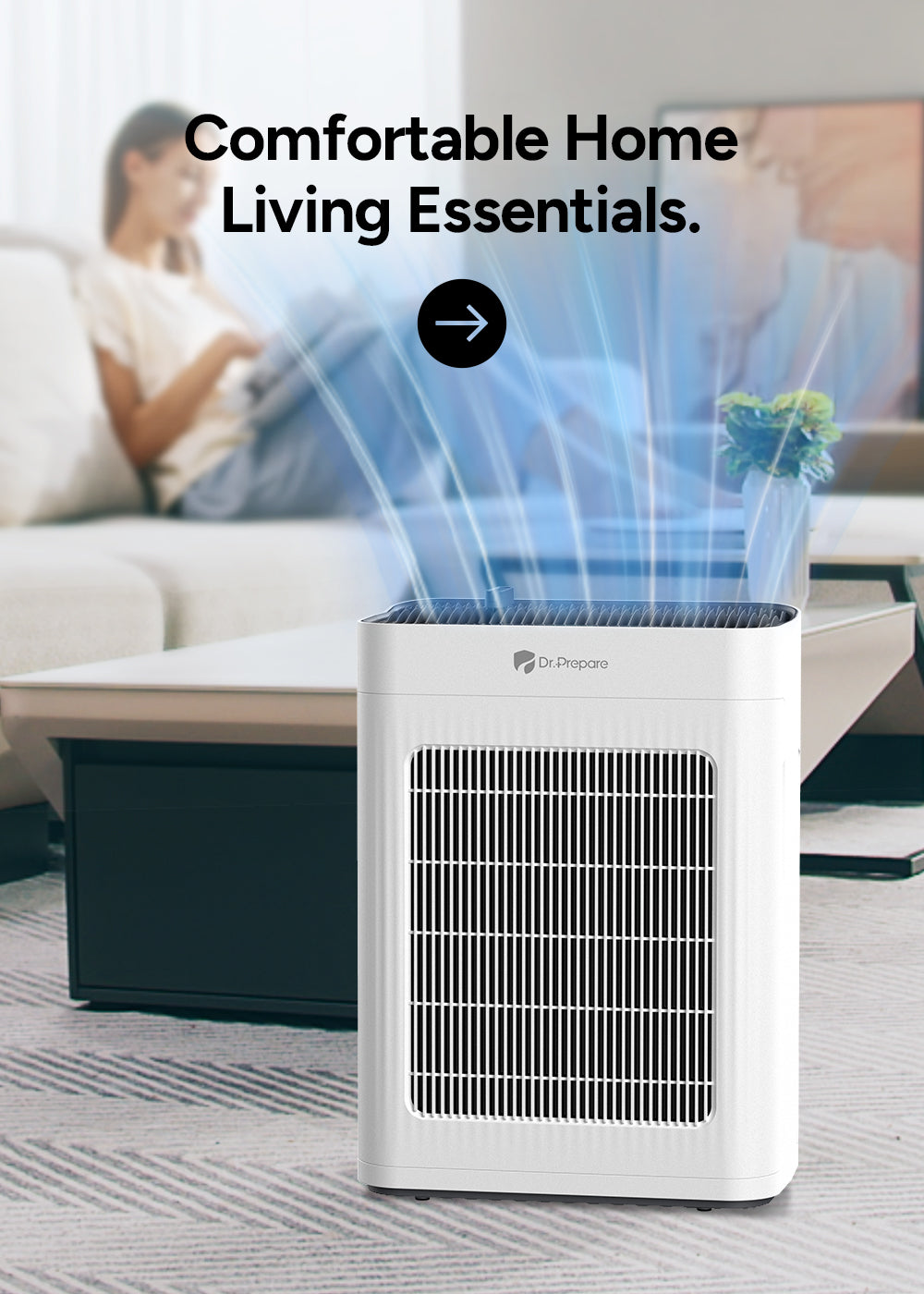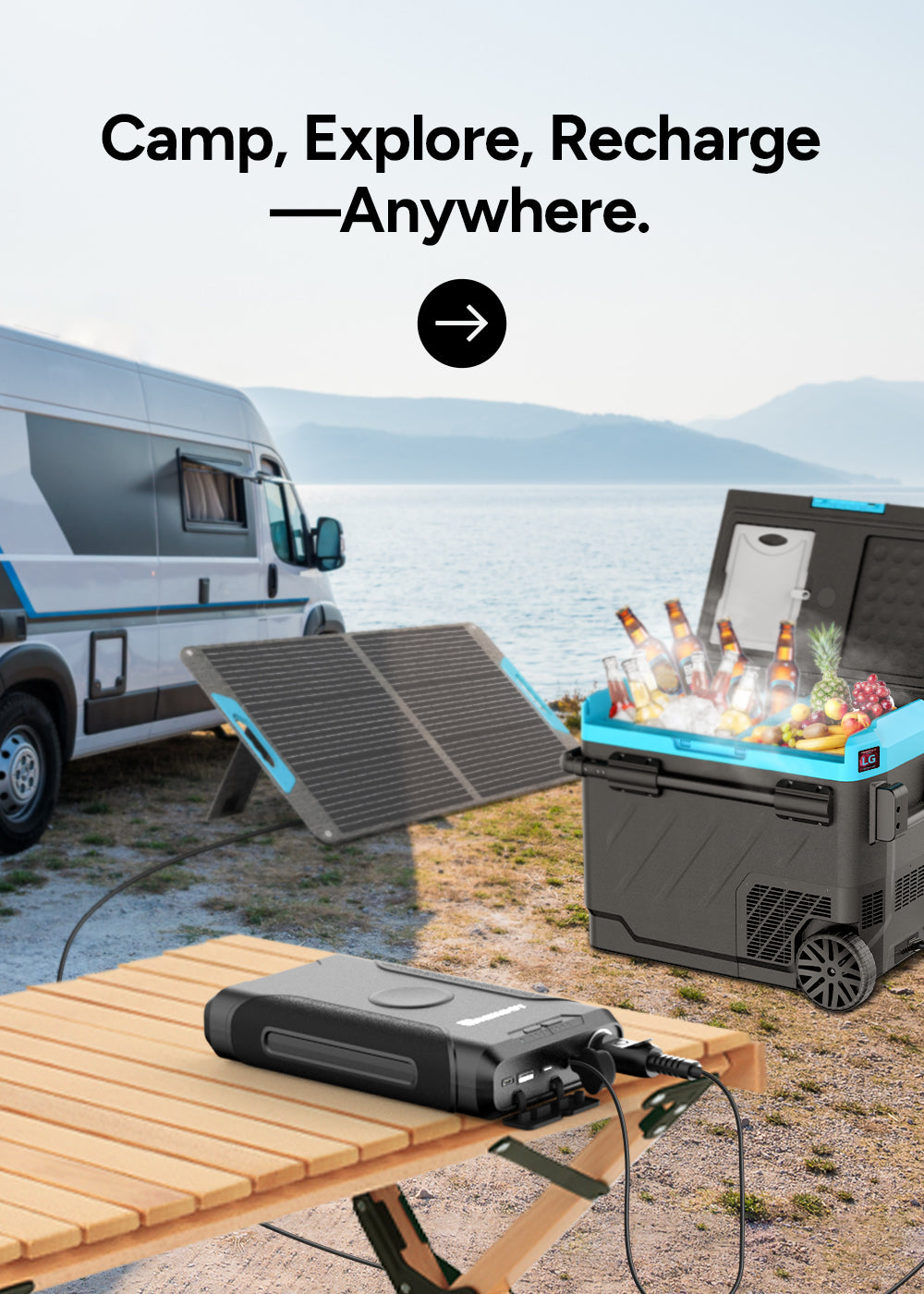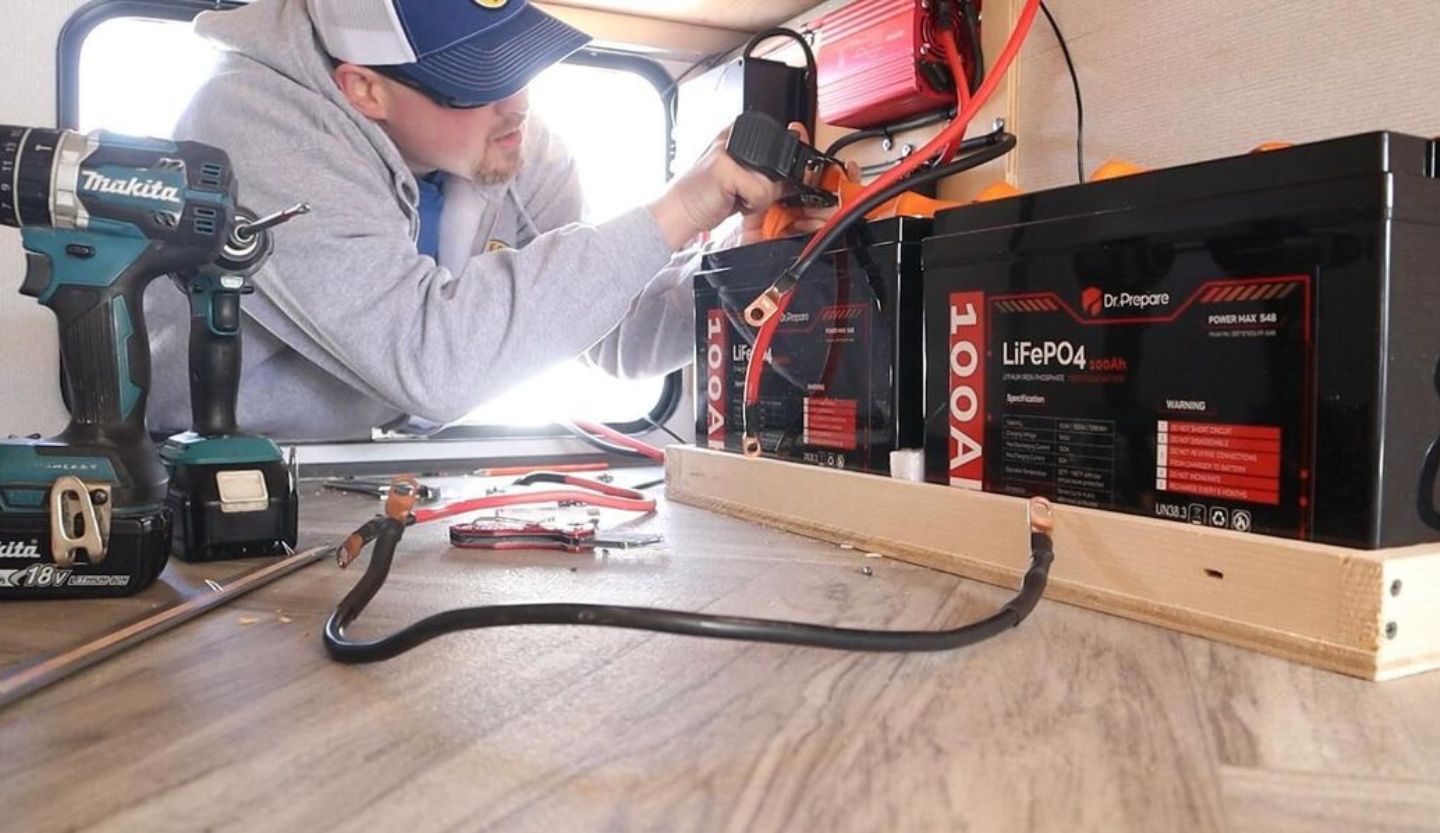As you dive into the world of lithium iron phosphate (LiFePo4) batteries, you're likely bombarded with questions: How do I charge it? When's the right time to charge? Where can I apply it? How should I wire it up?
Recognizing the myriad of queries our customers face, our team is here to offer comprehensive guidance on making the most out of your LiFePo4 battery. From charging protocols to wiring techniques, and from versatile applications to everyday usage tips, we've got you covered.
Table of Contents
- How to Charge LiFePO4 Battery
- Series and Parallel Wiring
- Where to Use Lithium Iron Phosphate Batteries
- Practical Tips for Daily Usage
How to Charge LiFePO4 Battery
1. Confirm Compatibility
Ensure that you're using chargers specifically designed for lithium iron phosphate (LiFePo4) batteries to avoid damage or ineffective charging.
2. Solar Array System Charging
When using a solar array system, connect a solar charge controller between the solar panels and the LiFePO4 battery. Whether you're using a PWM or MPPT charge controller, start by selecting the correct battery type (Li) for your LiFePO4 battery. Then, choose the appropriate battery voltage (12V, 24V, 36V, or 48V) and set the charging voltage to 14.0V - 14.6V for efficient recharging. If your battery pack is wired in series, adjust the charging voltage accordingly by multiplying the base voltage (14.0V) by the number of batteries in the series.
3. LiFePO4 Battery Charger
Use a dedicated LiFePO4 battery charger to ensure proper charging. Avoid using old lead-acid or LiPo battery chargers, as they may not be compatible. Set the charging voltage to 14.0V - 14.6V, adjusting it for series-wired battery packs as necessary.
4. DC to DC Charger and Alternator Charging
Using an alternator to charge a LiFePO4 battery requires additional care. Alternators are typically designed for lead-acid batteries and may not provide the correct charging profile for LiFePO4 batteries. To safely charge a LiFePO4 battery with an alternator, use a DC to DC charger to regulate the output and match the battery's charging requirements. A DC to DC charger is designed to charge a secondary battery (like a LiFePO4 battery) from a primary power source, such as your vehicle's starter battery or alternator. Set the charging voltage to 14.0V - 14.6V for optimal performance.

Crucial Points to Confirm
• Ensure compatibility with the battery type.
• Set the correct charging voltage.
• Confirm the charging current.
Conclusion
Regardless of the charging method, it's essential to review the specifications provided in the user guides for both your charger and battery. By following these guidelines, you can ensure optimal charging performance and prolong the lifespan of your LiFePO4 battery.
Series and Parallel Wiring
Difference Between Wiring Batteries in Series vs. Parallel
The main difference between wiring batteries in series and parallel lies in their impact on the output voltage and the capacity of the battery system.
In a series configuration, the voltages of the batteries add together, while the capacity (measured in amp-hours) remains constant. In a parallel configuration, the capacities add together, while the voltage remains constant.
Despite these differences, the total available energy (measured in watt-hours) remains the same in both configurations.
For example:
Series Wiring: Wiring two 12-volt batteries with 100 Ah capacities in series results in a 24-volt output with a 100 Ah capacity.
Parallel Wiring: Wiring the same two batteries in parallel results in a 12-volt output with a 200 Ah capacity.
In both cases, the total available energy is 2400 watt-hours (watt-hours = volts x amp-hours).
It's essential that batteries wired in series or parallel are the same type and have the same voltage and capacity ratings. Mixing different voltages and capacities can cause issues and potentially damage your batteries.
Series Wiring
When wiring batteries in series, follow these steps:
1. Ensure each battery is fully charged individually before connecting them.
2. Measure the open circuit voltage of each battery to confirm it falls within the normal range (typically 14.0 to 14.6 volts when fully charged).
Parallel Wiring
When using multiple groups of batteries in parallel, the battery closest to the load will discharge faster than the others. However, after stopping discharge or charging, the batteries will balance out their power. Over time, the voltage of all the batteries will equalize, so there's no need to worry about inconsistent voltages between them.
Where to Use Lithium Iron Phosphate Batteries
Dr.Prepare LiFePO4 batteries are ideal for any situation requiring off-grid power for an extended period. Their performance benefits make them a great choice for a wide range of applications, including:
• RVs
• Off-grid residences, cabins, tiny houses
• Residential home energy storage
• Personal small trolling motors
• Marine applications
• Industrial solar integration (security cameras, traffic signals, and more)
Additionally, our LiFePO4 batteries are perfect for any other area requiring an uninterruptible power supply (UPS), offering the highest level of dependability of any deep cycle system on the market.

However, Dr.Prepare 12V 100Ah LiFePO4 batteries are NOT suitable for use as starting batteries (e.g., engine start), golf carts, lawn mowers, or other high-power electrical products with motors.

Practical Tips for Daily Usage
To maximize the lifespan of your Dr.Prepare LiFePO4 battery and ensure optimal performance, consider these practical tips for daily usage:
• Avoid Overuse: Promptly recharge the battery when its power drops to 10%.
• Respect the Load Limit: Do not exceed the battery's rated power (e.g., Dr.Prepare 12V 100Ah, with a rated power of 1,280W). Multiply this limit by the number of batteries if using multiple.
• Store Properly: Maintain the battery at least 50% charged when not in use. If storing for over six months, perform a full charge and discharge cycle every six months.
• Understand Battery Cycles: LiFePO4 batteries do not suffer from memory effect. A full battery cycle involves using it from 100% down to 0% and then recharging it to 100%. To extend battery life, keep the Depth of Discharge (DOD) between 20% and 100%, and avoid over-discharging.
• Manage Heat: Ensure adequate air circulation around the battery during use to prevent overheating.
• Secure for Mobility: Whether in an RV, boat, or other mobile setting, securely fasten the battery to prevent movement, avoid submergence in water, and maintain a dry environment.
By adhering to these guidelines, you'll maintain your LiFePO4 battery's efficiency and longevity, ensuring reliable performance in all your applications.
In conclusion, mastering the usage of your LiFePo4 battery involves understanding its nuances and implementing best practices. By following the provided tips, you can ensure efficient charging, effective wiring, versatile applications, and optimal daily usage. Whether for RV adventures, off-grid living, or marine endeavors, a well-maintained LiFePo4 battery promises reliability and longevity, unlocking endless possibilities for power and performance in your daily life.
For any inquiries or concerns regarding Dr.Prepare LiFePo4 batteries, reach out to our dedicated support team at support@drprepare.com .
